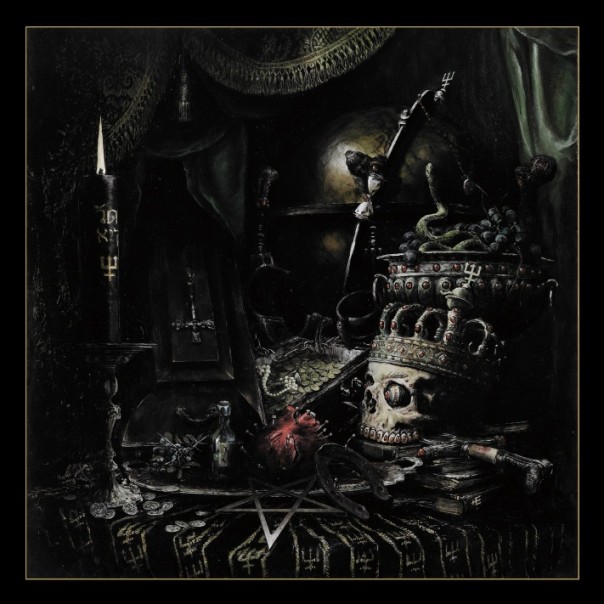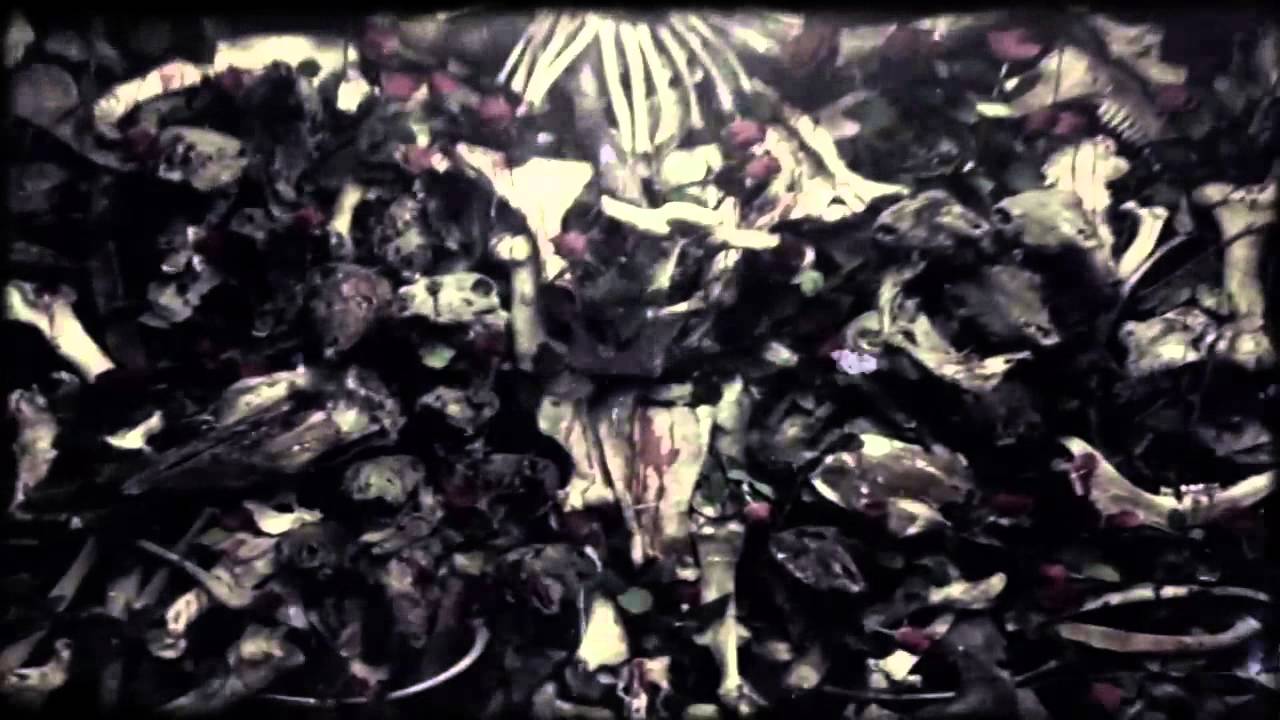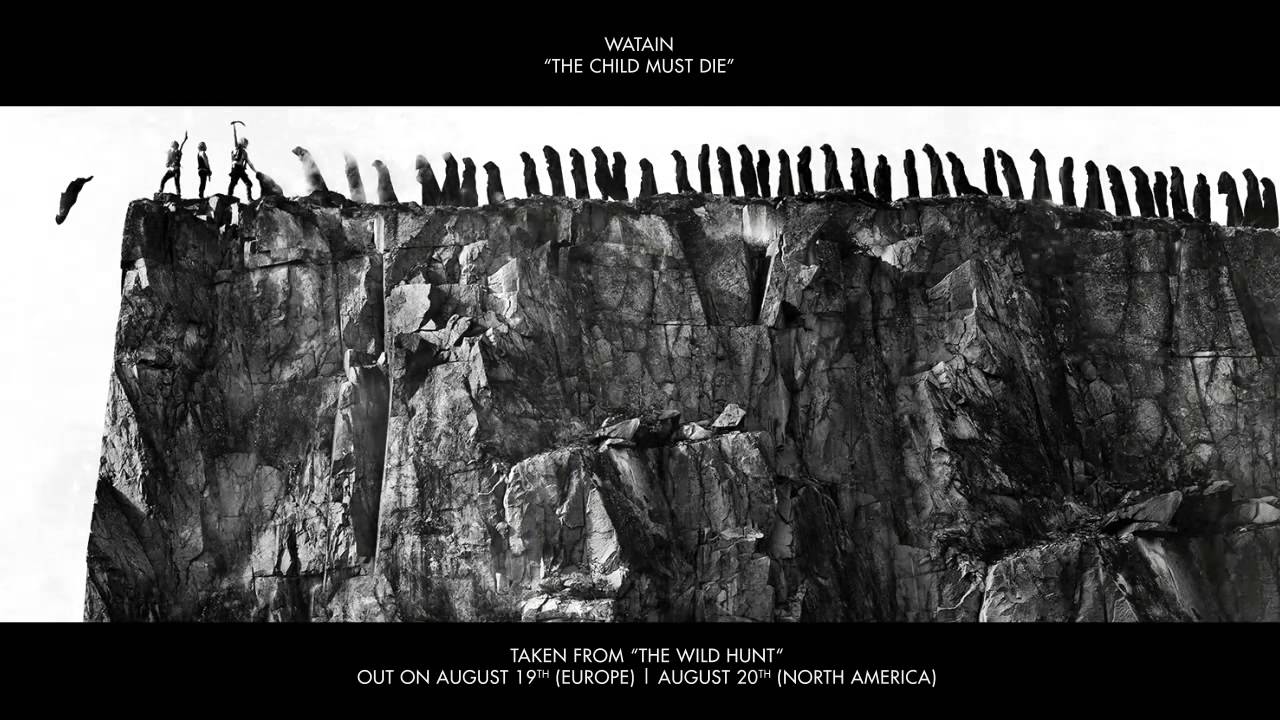When Bathory’s self titled debut record was released nearly 27 years ago, surely no-one had the slightest inkling as to just what a cultural phenomenon black metal would become. The genre has eclipsed the (often inaccurate and irrelevant) stories of associated church burnings, Nazism, murders and suicides, but on top of this black metal has grown far beyond being a simple genre classification and evolved into an ethos, a musical philosophy and cultural identifier. It is no longer simply defined by intentionally shitty production, shrill guitars and a ‘no bass’ policy. Instead it is a means of delving into and attempting to express something greater than yourself, to express one’s experiences of terrestrial environment; the sublimity of life.
There will always be a place for the likes of Mayhem and Immortal, but in the last decade a genre that many dismiss and few properly understand has produced artists as varied and unique as The Botanist, a one man project whose tracks about plants are made using a drum kit and a hammered dulcimer, and Wardruna, who feature one of black metal’s true enigmas, former Gorgoroth vocalist Ghaal, and craft folksy meanders dedicated to the runes of Elder Futhark using near ancient instrumentation, some of which is genuinely loaned from museums. Then there are the various projects of Dutchman Mories de Jong – Gnaw Their Tongues and De Magia Veterum in particular – that take in everything from psychedelically twisted, vaudevillian noise horror, to impenetrably dense swathes of colossal, bristling static.
As anyone with the ability to type W, A, T, A, I, N into Wikipedia will know, Watain drew some pretty strong criticism upon the release of their debut LP in 2000, Rabid Death’s Curse, including the accusation that they were "at best, content to produce intentionally crude facsimiles of inspirational forefathers ranging from Bathory to Mayhem and, at worst, unable to do anything else". In the years since its release, however, the Swedes have arguably grown into one of the most important black metal bands on the planet – thanks as much to the bloody and near-transcendental nature of their live show as much as anything else.
Whilst Watain still kill the old way, their sound has favoured gradual evolution over jarring revolution. And although the twin shadows of Bathory and Mayhem still loomed large over 2010’s Lawless Darkness, a decidedly un-black metal atmosphere bled through the album, with tracks like the 15 minute closer ‘Waters Of Ain’ showing off a band that were equally, if not more concerned with progressive song riting as their peers were with total sonic destruction. Three years in the making, then, The Wild Hunt is perhaps the most eagerly anticipated extreme metal album of 2013. So, what can we expect…?
‘Night Visions’
This is far from the near-instant explosion of ‘Death’s Cold Dark’ that opened previous LP Lawless Darkness. ‘Night Visions’ is a far more considered affair, more of an instrumental tone-setter that, as it unfurls, seems to suggest that what you are about to experience is more than just a mere collection of songs – it’s an incantation that summons open the gateway to Watain’s world and beckons you to journey inside. It’s epic yet brooding, as first decidedly mournful and bleak guitar picking bursts into tidal swells of noise which sweep and pulsate, conjuring the sort of cyclonic atmosphere one presumably senses when approaching the Black Gate of Mordor.
‘De Profundis’
…And then all hell breaks loose. There is a sudden, apocalyptic explosion which heralds the violent decent into classic Watain territory. It’s searing, sulphurous chaos; a dirge of conflagrant guitars, cataclysmic drum rolls and the throat-shredding eruption of Erik Danielsson’s vocals. Like some sort of flash flood of white hot lava, there is a pivotal, wailing, Slayer-esque mid-song guitar solo, whilst the relentless pace and dense, impenetrable production give it a furious directness and rigidity. There’s a burning sense of ordered chaos as Erik "screams forth the rebel yell" and introduces us to the themes of the outlaw that are key in the album’s narrative. And then, as abruptly as it started, it stops, the distant rumbles of thunder sounding like the death groans of some sort of Hadean colossus.
‘Black Flames March’
When speaking to Metal Hammer, Danielsson commented that ‘Black Flames March’ is perhaps the most classically Watain-sounding track on the album, and with the opening thunder of drums and shrill gale of guitars collapsing into taut, stabbing rhythms, you can certainly see where he’s coming from. And yet this still feels more like a further evolution of their sound than a mere refinement. More staccato guitars follow, punctuating Erik’s blood-curdling caterwauls, which are so cloaked in reverb they sound as if they’re emanating from the very bottom of the deepest pit in the most remote caves of hell. Then shrill squalls of guitar again take over and things lurch into almost marching band pace – classic, righteous and supremely confident.
‘All That May Bleed’
The album’s first single – although perhaps not the most obvious choice – and as it opens with a chugging crunch of phased guitars you know that this is going to be yet another modest yet manifest departure from narrow realms of pure, old school black metal. It germinates initially from a maniacally escalating progression that brings to mind early Emperor, yet stripped of all symphonic tendencies. The build never abates, becoming only ever more intense. It is a calculated, deeply unsettling, purposefully unfulfilled climb that ratchets continually up, like the slow, sadistically pleasurable twists of the garrote forever delaying the gratification that can only come with the release of death… There is also the surprising inclusion of a mid-song power metal solo which sounds like a twisted take on the solo from The Smiths’ ‘Shoplifters Of The World Unite’.
‘The Child Must Die’
Sinking almost into the same realm of melodic death metal populated by the likes of Dissection – which is hardly surprising given their shared history – this mid-paced stomp, although never increasing in velocity, somehow by sheer relentlessness alone is arguably one of the album’s heaviest and darkest tracks. The heaviness comes from the music. One would hope the title is purely metaphorical, of course. And yet closer inspections of the lyrical content does illustrate the depth of the Watain belief system – as Danielsson growls, "the fear of change is the fear of death". Perhaps we’re all the "children of fire", and death is the last great adventure; the ‘child’ in all of us must die in order for us to be truly free and ascend to something greater than our mere mortal selves? Regardless, with unexpected bass solo interludes and the most deep-set groove of any track on the album, this is one of those Watain tracks that is destined to gnaw away at you for a long, long time.
‘They Rode On’
Think you know Watain? Think again. Warm, rich and almost soft rock open chords usher in, for the first time, clean sung and surprisingly textured, deeply emotive vocals from Danielsson. Then the epic-o-meter gets turned up to eleven, and things proceed into the sort of territory that makes you yearn for Nick Cave and Warren Ellis to re-imagine their soundtrack to The Proposition as a rock concept album. While the fleeting moments of departure form the core Watain sound have so far still been rooted in the blackened death metal ground, there is absolutely no way in hell you could call this black metal in anything other than spirit. Apparently inspired by Cormac McCarthy’s Blood Meridian, Danielsson croons: "Out of the dark / Into the light / The dawn of terrestrial birth", and the instrumentation becomes increasingly melancholic, largely due to the increased presence of multiple acoustic guitar tracks. It calls to mind Alejandro Jodorowsky’s disturbing surrealist western El Topo, and raises questions about faith and existence itself. Epic, stunning and the most potent expression of why Watain are currently the most important black metal band in the world.
‘Sleepless Evil’
Don’t get too comfortable… Blastbeats and stuttering guitar chugs herald the return of Danielsson’s sulphurous vocal attack to the fore. From the warmth to the icy cold; jagged, angular conflicting guitar lines fill every inch of the air itself, before it stops dead and in creeps a lone, chapel-haunting piano, awash with layers of reverb, bringing you back from the edge only to morph once more into caustic and violently chaotic percussive stabs. From opaque melancholy to punishingly direct, doomy and agitated guitar leads, this serves as the storm after the calm. Except it’s the sort of storm that flays the flesh from your bones and fires icy needles directly into what remains of your cerebellum.
‘The Wild Hunt’
Over the years, one thing that has increasingly marked out Watain albums is the band’s unique ability to imbue their sound with musical influences drawn from outside of metal. The Wild Hunt does this more masterfully than any previous album, and it’s perhaps fitting that the title track is one of the most subtle yet perfectly realised examples of this ability. Beginning with the sort of mid-paced melancholy that could almost be described as post-metal (owing to its faintly Neurosis-esque lurch), it soon withers into low, monastic chanting before rising again into what sounds like a deranged Pink Floyd playing alt. country with epic solos. Then it finally unfurls into anthemic, fist pumping classic metal with clean vocals. Built around an impenetrable citadel of contrasting multiple guitar lines – including more low-mixed acoustic excursions and a limber Spanish guitar refrain at its close – it’s bleak, baleful and more than a little Bathory.
‘Outlaw’
‘Outlaw’ continues the theme of the rebel and the outlaw that casts a shadow over The Wild Hunt. We’re still very much on the peripheries of standard Watain territory here, as proceedings erupt in a slew of punching, minimal drum work and squealing, harmonic-filled guitar lines and what sounds like the thuggee cult from Temple Of Doom chanting ceaselessly as your body is lowered into a flaming pit of hell. This sensation persists, despite the caterwauling, wah-wah heavy mid-song solo offering some semblance of order. Even by the standards set out so far through The Wild Hunt, here the band take a journey deep into the disorientating depths, with its stuttering guitars becoming utterly twisted by the song’s close, which seamlessly provides the intro to…
‘Ignem Veni Mittere’
The album’s second instrumental track, lone guitar picking that sounds like the lost score to a banned psychological horror movie bleeds into more Nick Cave/Warren Ellis-ish widescreen Southern gothic chord progressions, before rupturing into Chthonian grandeur. There is a truly rich, deeply soulful and utterly anthemic guitar solo which glides over proceedings and makes you want to raise your lighter… Until all light is sucked from proceedings by lightning bolt cracks of cymbal and thunderous drum pummels that usher in repetitive guitar chuggery and eerie, Burzum-like lead guitar refrains. Naturally, the whole thing is eventually swallowed by a gaping maw of endless static.
‘Holocaust Dawn’
Closing what is, by some distance, the most ambitious and fully realised Watain album to date, this classic-sounding track soon morphs into a downtempo, waltz-time dirge, as blunt hammer blows of guitar rain down. There is an almost-percussive vocal delivery from Danielsson, again displaying just what a cultured vocalist he has grown into, and again hinting at their willingness not to be constrained by accepted genre practices. Later this groundwork almost completely evaporates, to be replaced by vaguely Eastern sounding guitar lines and string augmentation. It features tense, almost-agitated and strained strings that nod to the John Cage ‘treated’ model, all squeals, squeaks and dissonant howls. And then things change yet again, as the whole thing fractures completely and explodes in a blast of caustic, abrasive black metal – all kickdrum blasts, searching, shrill guitars and vocals that sound like ancient howls emanating from inhospitable and remote forests.
In a genre defined by extremes, yet that is producing some of the most diverse and inventive music around, the glory of Watain – although obvious by the time of previous album Lawless Darkness – is shown in full, transcendent majesty here, and throughout the entire album. If the question is, ‘how do you stay true to black metal and yet fill arenas?’, then The Wild Hunt is the answer.




